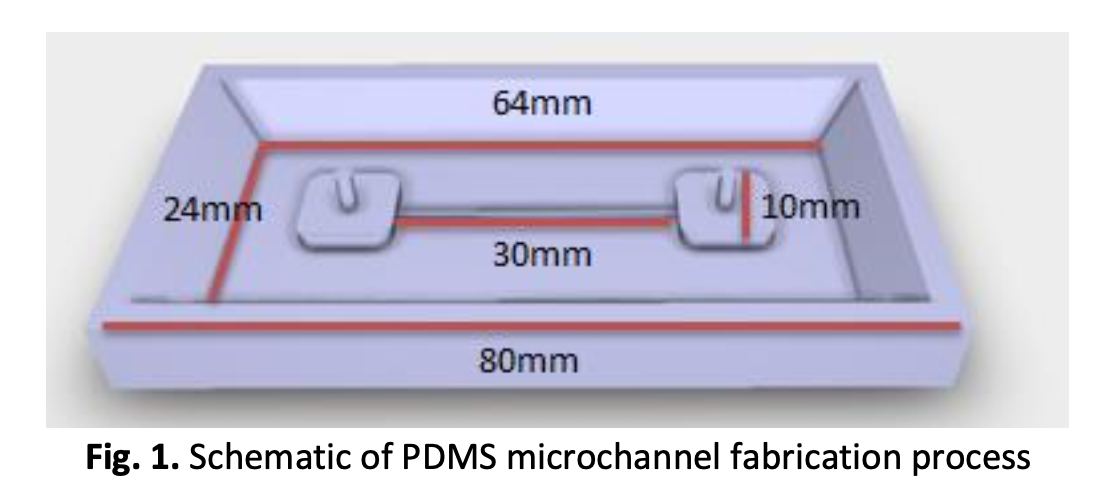The Effect of Temperature on the 3D printed Mold Using Polyethylene terephthalate glycol (PETG), Polylactic Acid (PLA) and Stereolithography (SLA)
DOI:
https://doi.org/10.37934/arfmts.108.2.164171Keywords:
3D printed mold, PLA , PETG, SLA , microchannelAbstract
The usage of 3D printing technology is explored in biomedical applications, specifically for drug delivery systems or cell separation using microfluidic channels. The fabrication of a 3D mold is very crucial, especially for fabricating a Polydimethylsiloxane (PDMS) microfluidic channel. This paper highlights the effect of temperature on the mold using different material elements, which is filament and resin, for fabricating a PDMS microfluidic channel. The mold structure was observed, and the mold was tested by repeating the process ten times. The molds were pre-heated, and the result shows that the structure of PLA mold gives the highest increases in sizing compared to PETG and SLA. The PDMS microchannel fabricated using 3D mold also shows the same result. The sizing of the PDMS microchannel increased linearly as it was tested five times with the same procedure. The mold was successfully fabricated with different materials, and the PDMS microchannel was successfully fabricated using the 3D-printed mold.
Downloads
































